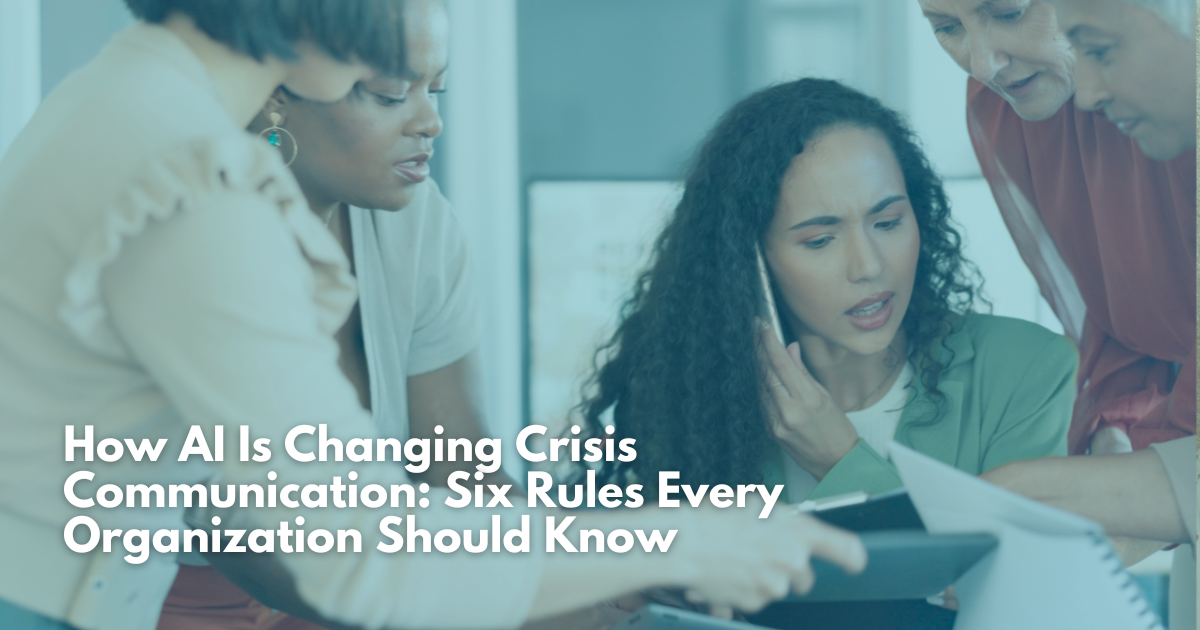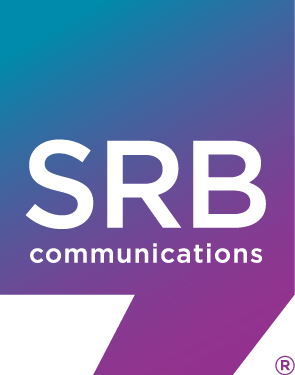News & Insights
How AI Is Changing Crisis Communication: Six Rules Every Organization Should Know

Crisis communication in the age of AI requires faster responses, greater transparency and stronger audience trust. Organizations can no longer rely on traditional playbooks when misinformation spreads within minutes and AI-generated content blurs the line between fact and fiction. To succeed, communication teams must evolve their strategies and adopt a proactive, data-driven approach.
Why Crisis Communication Must Change
Artificial intelligence has introduced both challenges and opportunities. Deepfakes, fabricated stories and AI-generated misinformation can damage reputations overnight. At the same time, AI tools allow communicators to detect risks early and streamline rapid responses. The goal is not to replace human expertise but to combine AI insights with empathy, authenticity and sound judgment.
Six New Rules for Communicators
1. Respond with Speed and Accuracy
- News breaks instantly on social media and misinformation spreads faster than the truth.
- Empower teams to act quickly, even before all the details are confirmed.
- Share what you know, what you don’t and what steps you are taking.
2. Use AI as an Early Warning System
- AI-driven tools such as Meltwater, Cision and Brandwatch can scan thousands of online conversations in real time to detect emerging issues before they escalate.
- Set up automated alerts for unusual spikes in keywords, tone, or sentiment related to your organization or industry.
- Leverage predictive analytics to forecast where a story may spread and identify the platforms or regions most likely to amplify it.
- Combine these insights with human judgment to prioritize responses and prepare statements before misinformation gains traction.
3. Reinforce Transparency and Trust
- Provide clear, consistent updates to stakeholders.
- Avoid jargon and communicate in plain language.
- Acknowledge mistakes and show how you’re fixing them.
4. Maintain Human Oversight
- AI can generate quick drafts, but people ensure cultural sensitivity and empathy.
- Review every message for tone, accuracy and brand alignment.
5. Educate Your Audience
- Share fact-checking resources and visual explainers.
- Teach audiences how to spot manipulated content.
- Position your organization as a trusted source.
6. Prevent Crisis Fatigue
- Pace your updates so stakeholders don’t feel overwhelmed.
- Segment communications for different audiences.
- Focus on key facts instead of flooding channels.
Practical Steps for Businesses
- Build a crisis communication plan that includes AI monitoring.
- Train staff to recognize misinformation tactics.
- Conduct simulations that test rapid-response strategies.
- Establish clear roles and responsibilities before a crisis occurs.
- Partner with agencies that specialize in AI-driven media landscapes.
Crisis communication in the age of AI is about preparation, speed and credibility. While AI poses real risks, it also offers tools that make communicators more effective. By balancing technology with human judgment, organizations can protect their reputations and maintain trust even in the most challenging moments.
We specialize in helping organizations adapt to this new environment with strategies that are authentic, impactful and forward-thinking.



